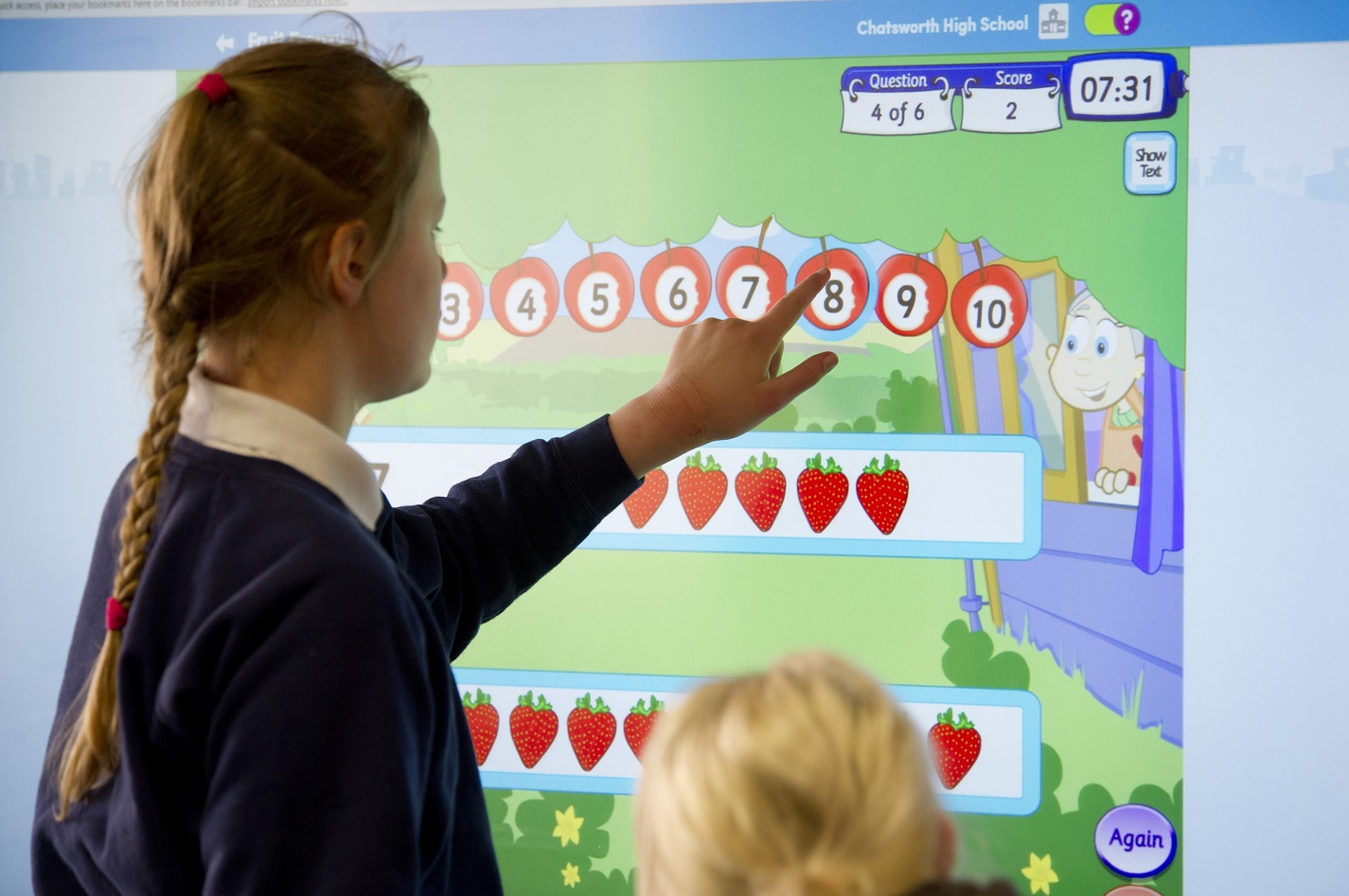Curriculum
Curriculum Statement
The curriculum structure reflects the varying needs of our pupils across the school. The subject focus differs between key stages 3/4 and 5 (please see Sample Timetables). This supports pupils to develop the skills and knowledge that they need at a particular stage in their lives, whilst also enabling them to build upon prior learning in a logical and well-sequenced manner. Subsequently, pupils are able to move towards their longer-term goals and aspirations for the future.
The curriculum for each subject is planned out over a four-year cycle (please see appendix 2, Functional Skills: Home Long-Term Plan). Pupils will therefore potentially cover each cycle twice during their eight years at Chatsworth High School and Community College. As they move through the year groups and key stages, learning is differentiated to reflect this and meet the needs of students at various stages in their educational career (please see Key Stage Differentiation Model). The curriculum is further divided into Pankhurst Curriculum, Sissay Curriculum and Lowry Curriculum. The former is intended to meet the needs of the Employability and Independence pathways, whilst the latter is designed for the more complex pupils on the Relationships and Inclusion pathways (please see Pathway Descriptors), although there is flexibility due to the varying profiles of our pupils. For pupils on the Inclusion pathway, Curriculum B can be adapted further by teachers to meet the specific needs and learning style of their pupils. For example, teachers may select the most appropriate lesson objectives from over the course of a half-term and deliver these every week to allow pupils to show progress in terms of engagement. Topics of study are carefully selected and sequenced to ensure that pupils receive a coherent, rich and broad curriculum. These over-arching long-term plans are then sequenced into steps of weekly learning on a scheme of work (please 5, Scheme of Work). This enables pupils to develop smaller components of learning which over time can be built upon and generalised into larger composites and schemata. Scheme of work planning is differentiated and adapted by teachers as necessary to meet the individual needs of pupils in their groups.
Pupilshave five core targets which are embedded into planned activities. They are closely related to the themes found in section E of the EHCP. They are:
- Communication
- Cognition & Learning Maths
- Cognition & Learning English
- Social, Emotional & Mental Health (SEMH)
- Sensory, Physical & Health Needs (SPHN)



